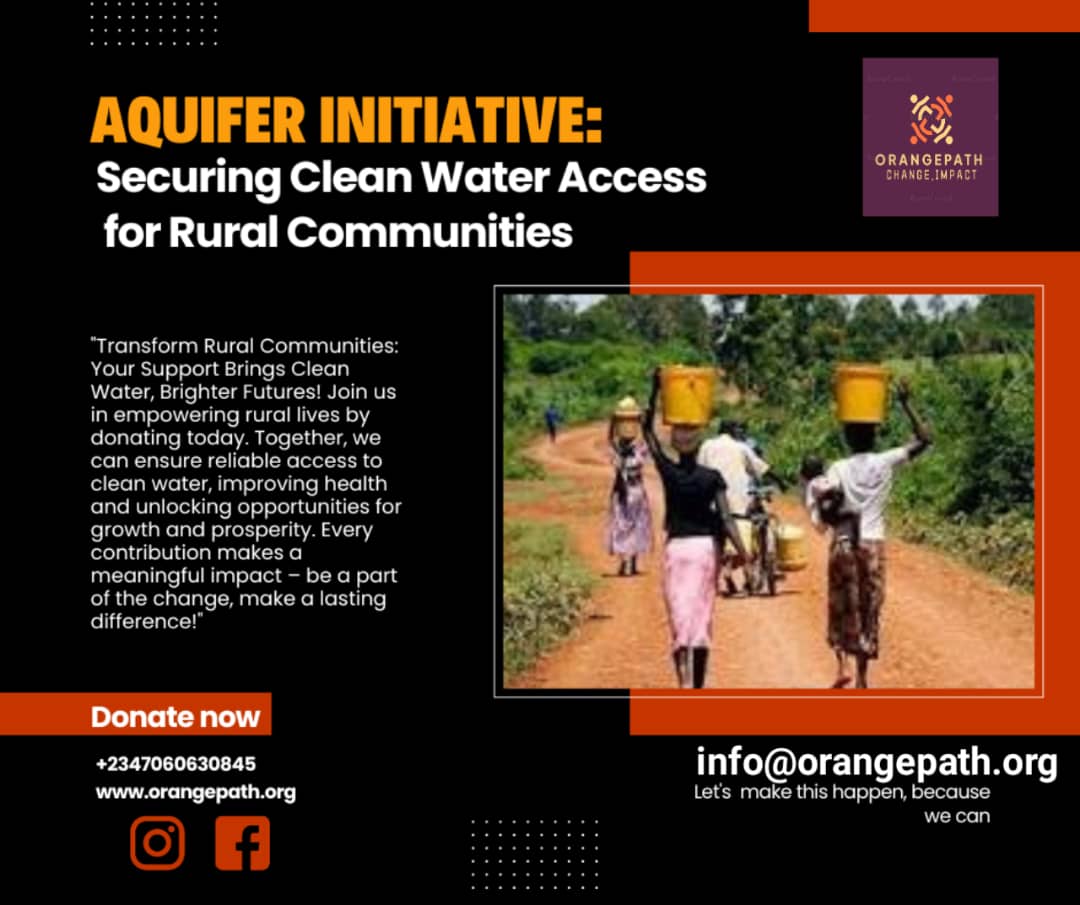Health and wellness are integral components of a thriving community, contributing to the overall quality of life of its members. To foster a healthy and vibrant community, it is crucial to implement proactive measures such as health camps, awareness campaigns, and accessible healthcare facilities. These initiatives play a pivotal role in not only addressing existing health issues but also in preventing future challenges, promoting a culture of well-being, and ensuring that every individual has the opportunity to lead a healthy life.
Health Camps:
Organizing health camps is a tangible way to reach out to community members and provide them with essential healthcare services. These camps can encompass a range of activities, including health check-ups, vaccinations, and screenings for prevalent diseases. By bringing healthcare professionals directly to the community, barriers to accessing medical services are reduced, making it easier for individuals to prioritize their health.
One of the key advantages of health camps is their ability to detect health issues at an early stage. Early detection allows for timely intervention, potentially preventing the progression of diseases and improving treatment outcomes. Additionally, health camps create a sense of community engagement, encouraging individuals to take an active interest in their well-being and that of their neighbors.
Awareness Campaigns:
Raising awareness about health-related issues is fundamental to building a culture of prevention within a community. Awareness campaigns can focus on various topics, including the importance of regular exercise, balanced nutrition, mental health, and the avoidance of harmful habits. By disseminating information through various channels such as workshops, seminars, and informational materials, communities can empower their members to make informed choices about their health.
Furthermore, targeted awareness campaigns can address specific health challenges prevalent in the community, dispel myths, and encourage early detection and treatment. For example, campaigns on vaccination awareness, family planning, and the importance of regular health check-ups can significantly contribute to community well-being.
Healthcare Facilities:
Access to healthcare facilities is a cornerstone of community well-being. Establishing and maintaining healthcare facilities within or in close proximity to communities ensures that residents can readily access medical care when needed. This not only includes hospitals and clinics but also extends to pharmacies, diagnostic centers, and emergency services.
Efforts should be made to make healthcare facilities inclusive and easily accessible to all members of the community, irrespective of socioeconomic status. Community health centers can serve as focal points for preventive care, health education, and primary medical services, fostering a comprehensive approach to community health.
Investing in health and wellness initiatives is an investment in the long-term prosperity and happiness of a community. Health camps, awareness campaigns, and healthcare facilities are vital components of a holistic approach to community well-being. By prioritizing these initiatives, communities can create a supportive environment that empowers individuals to take charge of their health, leading to a healthier, more resilient, and happier community as a whole.



